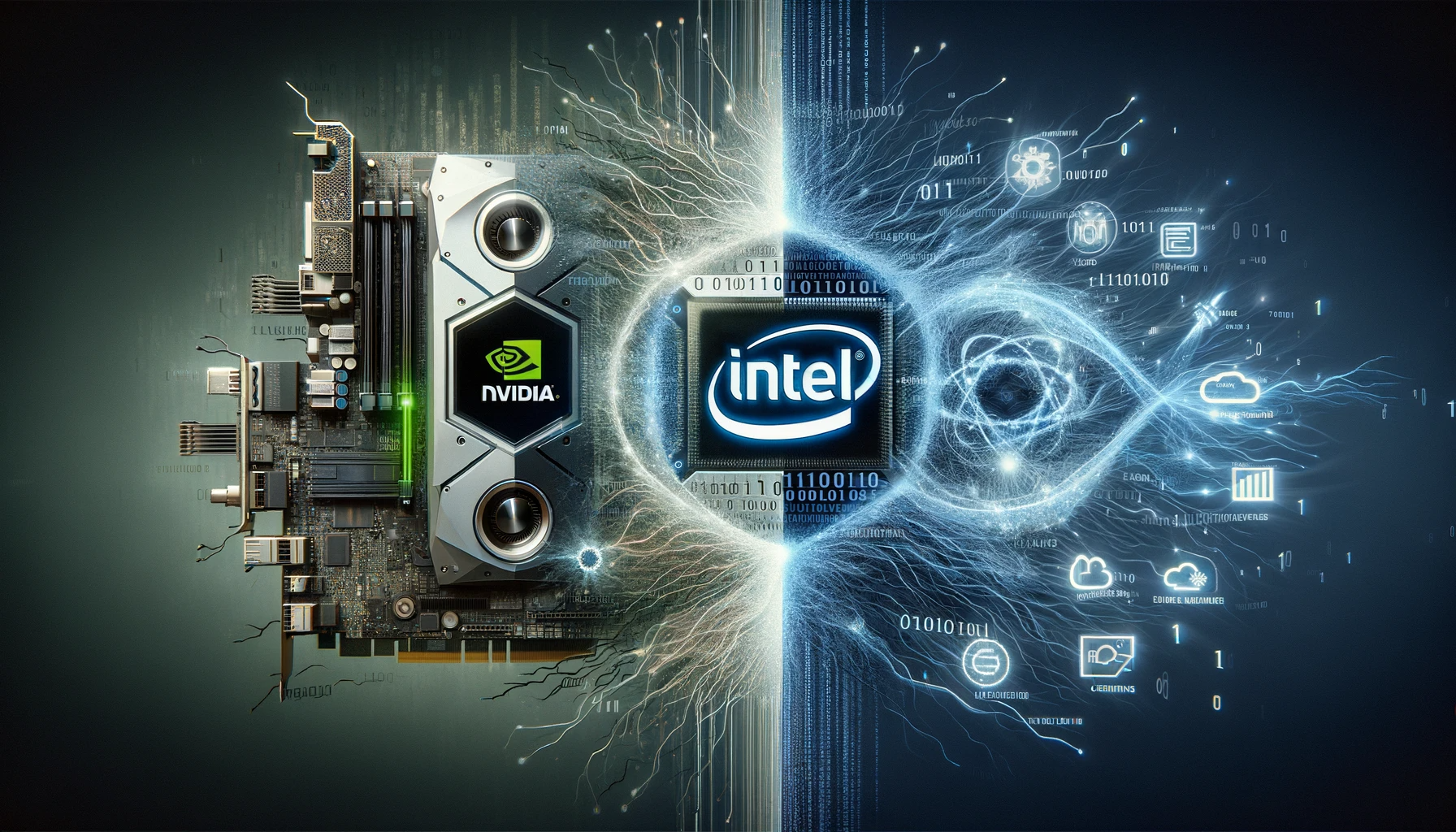The race to build the world’s fastest supercomputers is intensifying, with Nvidia and Intel leading the charge. This competition was evident at the Supercomputing 2023 conference in Denver, where the top 500 supercomputers were unveiled, many of which incorporate technology from both Nvidia and Intel. The focus is on leveraging these systems for AI advancements.
Nvidia made headlines with the JUPITER supercomputer in Germany’s Forschungszentrum Jülich, set to be the most powerful AI supercomputer, boasting over 90 exaflops for AI training. It features 24,000 Nvidia GH200 chips. Alongside, Nvidia introduced innovations like the H200 silicon and a quad configuration for the Grace Hopper GH200 superchip.
Intel is not far behind, showcasing its Aurora supercomputer at the Argonne National Laboratory, designed to develop a groundbreaking 1 Trillion parameter large language model. Intel is also spotlighting new AI acceleration and GPU technologies.
Nvidia’s Grace Hopper superchip, combining CPU and GPU capabilities, is now in full production and powers the JUPITER supercomputer. This chip is pivotal in the new wave of AI supercomputers, with JUPITER set to tackle challenges in weather forecasting, drug discovery, and industrial engineering. Nvidia’s collaboration includes partners like ParTec, Eviden, and SiPearl. The GH200’s quad configuration is a key innovation, offering remarkable performance with 288 Neoverse ARM cores and high-speed connections.
Intel is equally active at SC23, focusing on HPC and AI technologies. Ogi Brkic from Intel highlighted the Intel Data Center GPU Max series and the Intel Habana Gaudi 2 accelerator. These technologies power the UK’s fastest AI supercomputer, Dawn Phase 1, at the University of Cambridge. The Aurora supercomputer, under construction in the U.S., is set to develop one of the largest LLMs, AuroraGPT, which will have significant scientific applications across various fields.











